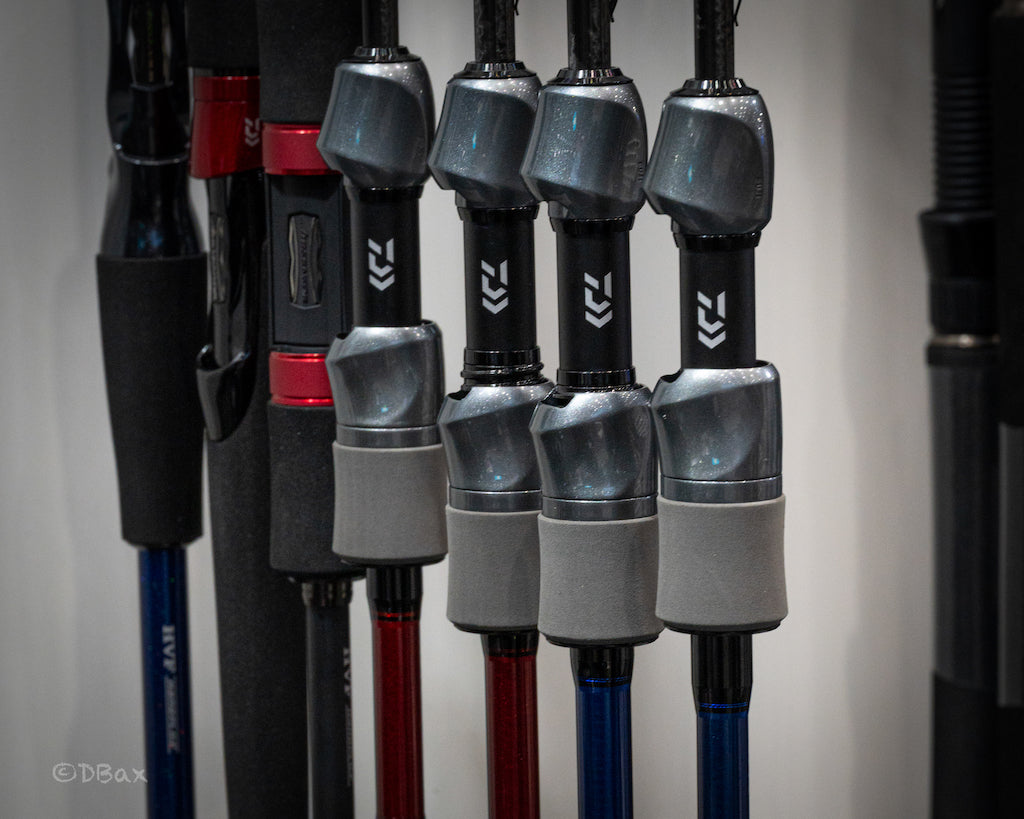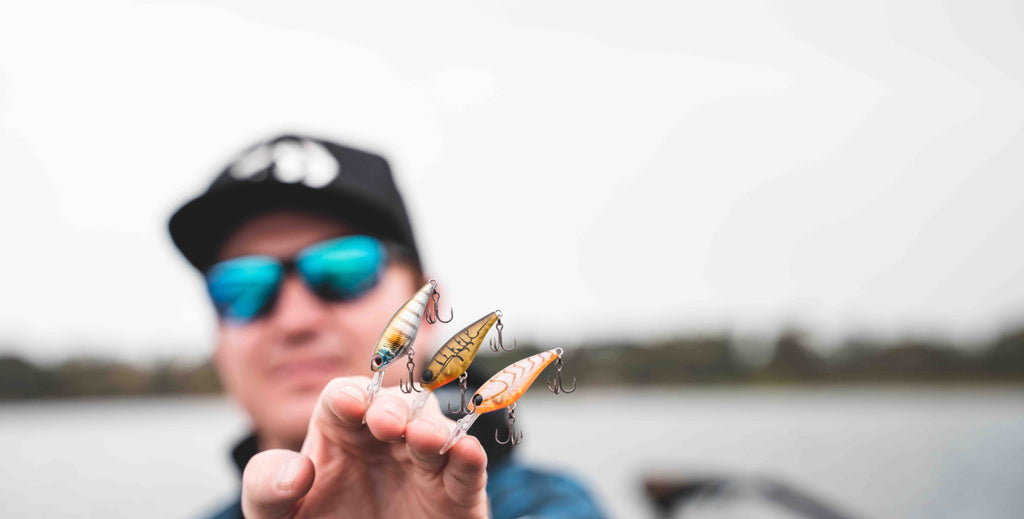DAIWA FISHING TIPS: The Jetty Rat – Andrew Badullovich
Land-based angling is a favourite form of fishing for me. I grew up chasing all manner of fish species from the shoreline, and found the wharves and jetties to provide great opportunities for the young fishing grommet. When I was a kid, my mates and I would patrol every timber platform along my local river, and you’d often hear the Skippers of the prawn-trawlers yelling, “Get out of the bloody way you little jetty rats!” as them came in to dock. I’m fond of these memories, and I’m still fishing from the wharves and jetties today.
Jetties and wharves extend from the shore, right out into the depths of the channel, which can provide excellent vantage points for the young fisho. The majority of wharves are accessible via sealed roads, so you can easily ride your pushbike or skateboard right to your fishing destination. Young anglers may not be able to afford a boat or kayak, so it makes sense to utilise the convenience of a wharf.
There are many options when fishing from a wharf: casting wide and deep into the channel, from bouncing an offering around the pylons…there are quite a few ways to find a fish or two from a wharf! Species can vary from state to state; however, the most common species that inhabit the security of the wharf structure will more than likely be made up of bream, trevally, leatherjackets, and flathead. Of course you’ll find tailor, luderick, whiting and even mulloway at times, not to mention John Dory and kingfish too! With variety on offer, there is one humble fish that I like to target regularly, and that’s the Silver Trevally. These fish often frequent the wharf pylon structure, and provide excellent sport and eating qualities.

The best way to target trevally is with a small (2”) curl-tail soft plastic grub. The jig-head weight will vary from location to location; however, a 2 gram size 4 hook seems to work for me in water depth up to 3 meters. I typically run 2 meters of 8lb fluorocarbon leader, which is attached to my 6lb J-Braid mainline via a double uni knot. If you are not savvy with your knot-tying, try the Daiwa “Sokkou” Knot Tying Tool, as this makes the process of joining leader-to-braid quick and easy! I generally attach my jig-head to my leader with a Perfection Loop knot; however, any knot for trevally is good, provided it has been tied well and is strong. Cast up-current to the wharf, and bounce your offering back with the tidal flow. Try to work your plastic along among eddies of current and channel edges, as well as around boat moorings and along the edge of the wharf pylons themselves. Trevally will school around structure within the main tidal flow, so be sure to work your plastic around areas that provide current breaks. This style of fishing can be very visual, and you’ll often see the fish eat your plastic which is crazy exciting!

Battling fish from a wharve can be challenging, as your opponent will constantly fight for freedom by swimming between and around the wharf pylons. The pylons can be encrusted with barnacles, mussels and oysters which spell danger! You need to go hard on them or you’ll become shredded in no time! You’ll also need a rod that has some stick and controlling power for these hard-fighting fish, and I have found the Phantom X 702MLFS (3-5kg) perfect for the job. This rod is seven feet in length, which helps hold and steer those bad-mannered fish away from harm. It’s also a two-piece rod, which is a handy feature if you’re ridding your pushbike or skatey with a rod in your hand. The best part about this rod is its price-tag! You won’t need to mow the neighbour’s lawn for a year to save for one of these bad-boys. Try to match the Phantom X 702MLFS with a 2500 sized spin reel, as the combo will balance out nicely. The 2500 sized spool also provides extra cranking power in order to control a spirited fish. I really like the Ballistic EX 2500. It’s smooth and powerful, and looks great!

I also like to travel light which enables me to remain mobile. A small Daiwa lure wallet with some plastics and jig-heads, FC leader, Line Snips and possibly a pair of hook-removing forceps is all that you’ll need. I’ll often hop from jetty to jetty until I find where the fish are holding, and this becomes heaps easier by keeping your kit simple. So get out and get amongst it, and remember to place your rubbish into the bin before you leave…and encourage those “older” jetty rats to do the same 😉

 Contact Us
Contact Us Blog
Blog About
About





